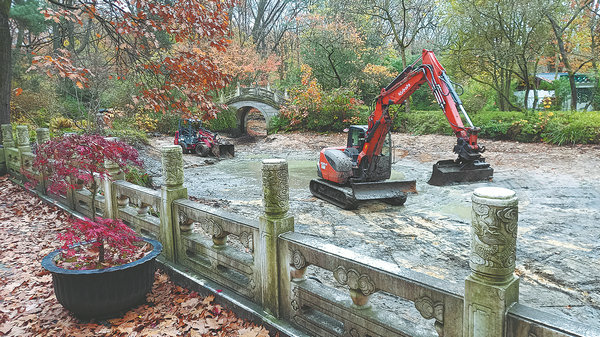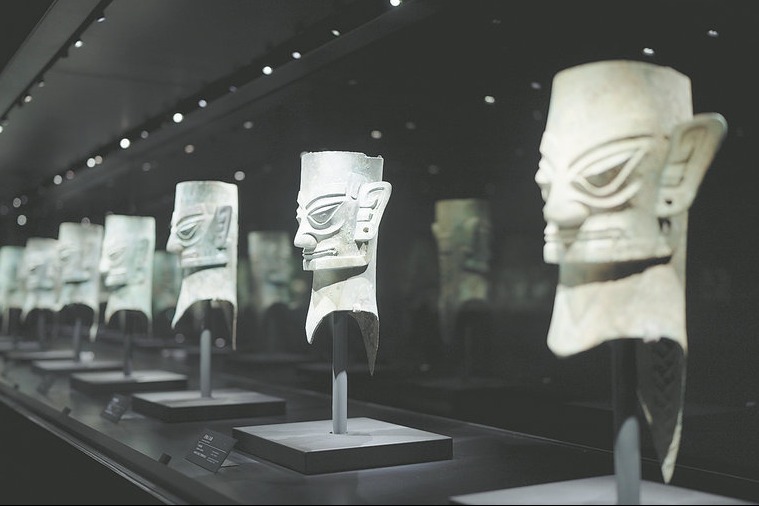A garden path to friendship
By Fang Aiqing and Liu Kun | China Daily | Updated: 2022-06-21 06:39

In Duisburg, he says they were impressed by German people's "rigorousness toward work". It had been raining before they started. There was waterlogging in the foundation ditches and tree holes, which could have led to the decay of the wooden structure. The German team soon got the machinery to drain the water and baked the ditches with a flamethrower, Jiang says. He found being meticulous improved efficiency and later in his career, Jiang developed the habit of planning ahead.
It was not until they toured Duisburg when the garden was about to be completed that Jiang realized the basis of the "two industrial cities' friendship".
"Wuhan is where the Yangtze and Hanshui rivers meet. The two cities have similar morphology. It's wonderful that they became the first pair of sister cities between China and Germany."
Jiang says he enjoyed touring the "well-managed and orderly" German city.
Discussions about the restoration of the garden started in 2014, and the two sides worked out the renovation plan from 2019 to 2020. After 30 years, the glazed ridge and roof tiles were damaged, parts of the purlins were missing, marble guardrails needed to be polished, the water circulation of the artificial lake wasn't too good and the plants needed to be pruned according to Chinese-garden style.
Hu Songbing, general manager of the garden construction company affiliated to the Wuhan Landscape and Ecology Group, says that, due to the COVID-19 pandemic, Chinese landscape experts are unable to visit the German city, but have sent the needed construction material and are providing advice online.
A China-Europe freight train carried about 40 metric tons of material and, after 42 days, arrived in Duisburg on March 25. Duisburg, which has the world's largest inland port, is the first stop in Europe for a majority of freight trains from China, and is one of Germany's most closely linked cities with the Asian nation.
The materials included over 10,000 glazed tiles made by traditional craftspeople that the Wuhan team made quite an effort to obtain. They are rarely sold these days.
"Glazed tiles are a representative item of traditional Chinese architecture. They add the touch that brings such gardens to life," Hu says.
Scores of factories turned down their request to custom make the tiles before one in Hunan province, which provided some of the materials three decades ago, promised to have veteran craftsmen specially design the moulds and make the tiles, according to Chen Ge, the purchase manager.
It took two months to fire the tiles with pottery clay, and to glaze, especially fish or dragon-shaped tiles on turnup eaves, as well as the polygonal pyramid roof of the landmark Xiangxue Pavilion. The craftsmen had to ensure a consistent color and style, which demanded skill and experience.
The materials also included copper turtle, snake and crane sculptures, a two-meter-tall Taihu Lake stone and an ancient-style stone lantern. One of the sculptures looks exactly like the one at Wuhan's landmark Yellow Crane Tower, built during the Three Kingdoms period (220-280).
























